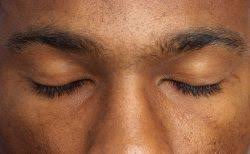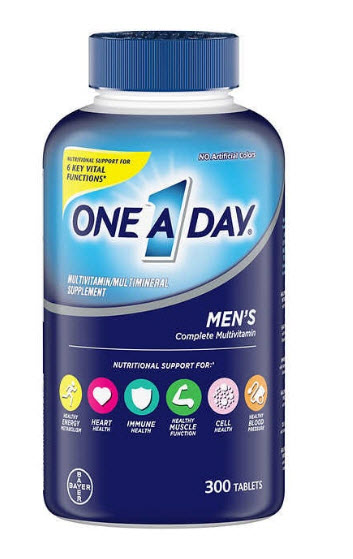Close Your Eyes.
 A good deal of my brand planning discovery is spent delving into brand good-ats. Things at which the brand or org is good. The other half of the discovery rigor looks into customer care-abouts which, at least with less expansive engagements, get a bit less attention. For full on branding assignments, we recommend a strong quantitative research component, but many clients choose to pass on that expense.
A good deal of my brand planning discovery is spent delving into brand good-ats. Things at which the brand or org is good. The other half of the discovery rigor looks into customer care-abouts which, at least with less expansive engagements, get a bit less attention. For full on branding assignments, we recommend a strong quantitative research component, but many clients choose to pass on that expense.
Anyway, when looking at the customer side of the brand discovery equation there are lots of tools: customer interviews, purchase analytics, marketing and sales team input, retail observations, secondary research, etc. And let’s not forget filling out the customer journey templates – a big pop marketing tool. But there is nothing in the world better to finish off your customer care-about research than sitting in a dark room and thinking like a customer. Take the time to place yourself in the life of the consumer. Thinking thought their day. The whole person. The day parts. The family. The leisure. Close your eyes and sit with it. For a while.
A big “learn” for me in brand planning occurred when I was told how unimportant my product was in the whole life of the buyer. Context creates insight.
Close your eyes and be the ball.
Peace.









